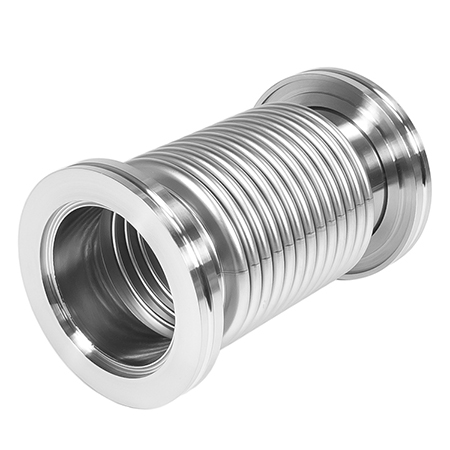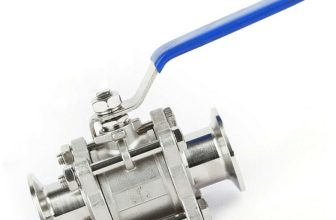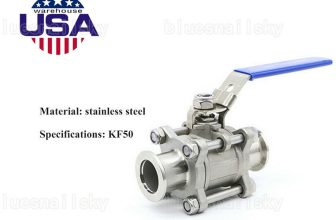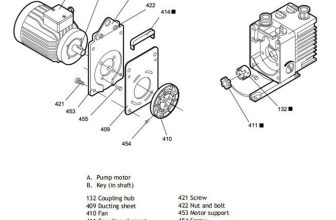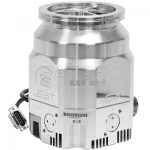
Structure and Principle of Molecular Pump
The core components of the molecular pump are rotating blades and fixed blades (Figure 1). The rotating speed of the rotating blade is 1800-90000 rpm, and the speed of the blade end is hundreds of M / s, which is close to the average speed of the molecules. The gas molecules are transported to the exhaust port through the collision with the gas molecules. When rotating the rotating blade at high speed, the probability of gas molecules moving from the suction side to the exhaust side is a, and the probability of gas molecules moving from the exhaust side to the suction side is B. When the rotating blade hits the gas molecules, the gas molecules touch the fixed blade and fly to the next rotating blade again. Finally, the gas molecules are bounced to the exhaust port, making a > b, realizing the exhaust function.
Exhaust speed of molecular pump = suction side opening area × 11.6 × A / B.P
If the blade angle is large, the exhaust speed is large and the compression ratio is small. If the blade angle is small, the exhaust speed is small and the compression ratio is large. The exhaust speed of the molecular pump is not affected by the type of gas basically, and the ultimate pressure of the pump can reach 10-8 PA, but for light molecules / atoms, the exhaust speed will be reduced.
Molecular pump is a kind of high-speed rotating mechanical pump, so the requirement of balance is very high, and it is very vulnerable to solid foreign matters. Usually, metal filter screen should be installed at the inlet of molecular pump. If the pressure of the molecular pump suddenly deteriorates during the operation, the blade may be damaged.
Conventional molecular pumps use bearings to ensure high-speed rotation of the blades. The new molecular pump adopts the magnetic suspension structure, which makes the blade speed continuously increase, and at the same time makes the molecular pump suitable for ultra-high vacuum system, and also extends the service life of the molecular pump.
Compared with oil seal vane pump and turbine dry pump, the working environment of the molecular pump is cleaner, and it can reach a very high vacuum. However, the molecular pump can not work under atmospheric pressure, it must be used in combination with other crude vacuum pumps (oil sealed vane pump or turbine dry pump) that can work under atmospheric pressure. Molecular pumps are complex in structure and expensive in price. They vibrate when they rotate at high speed.

